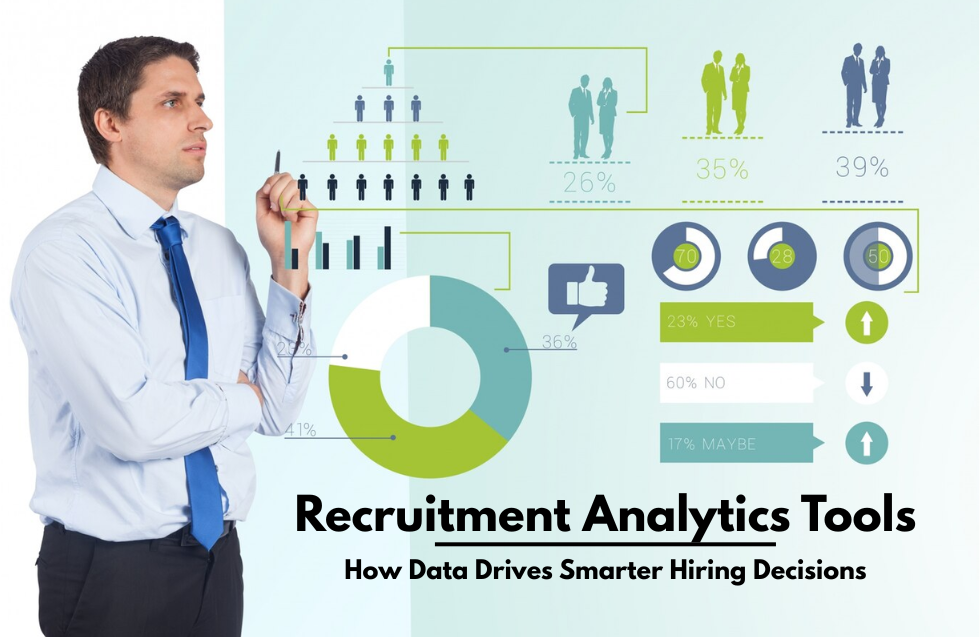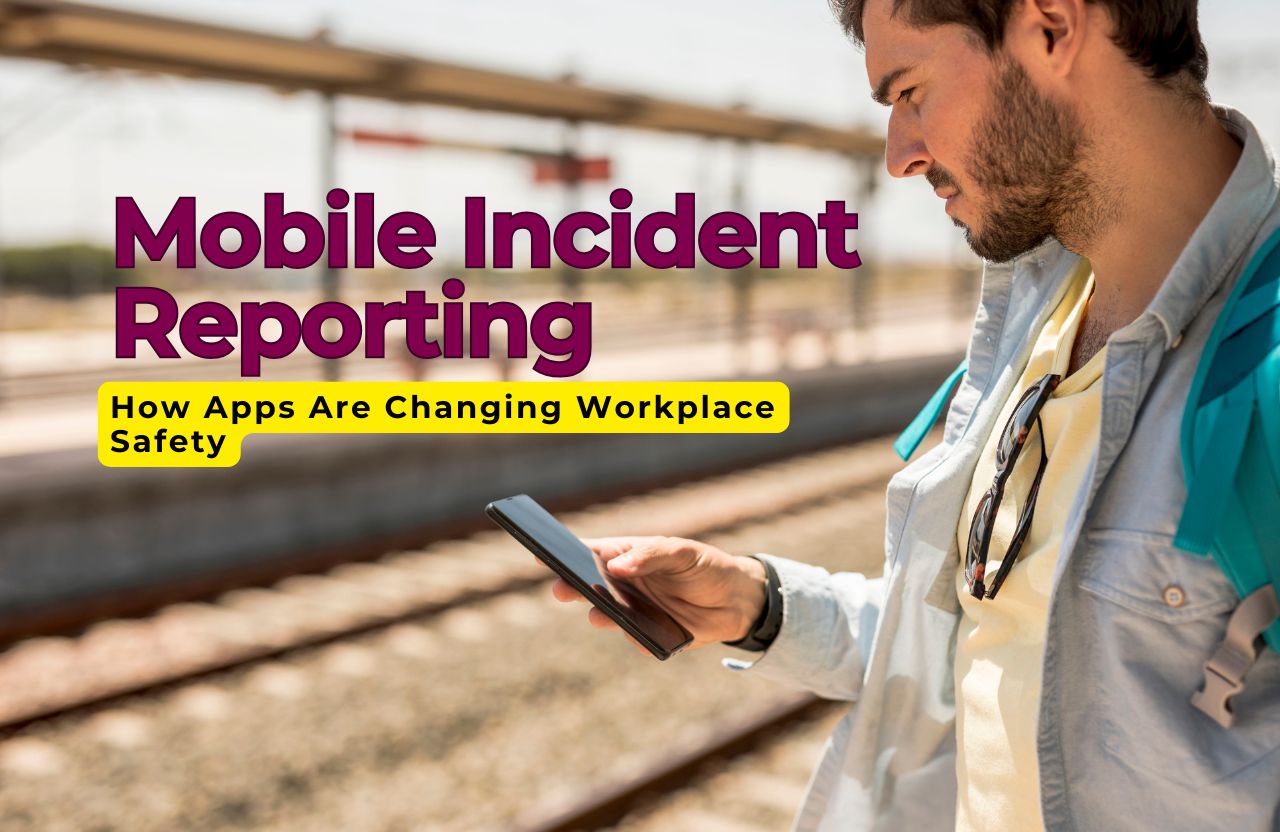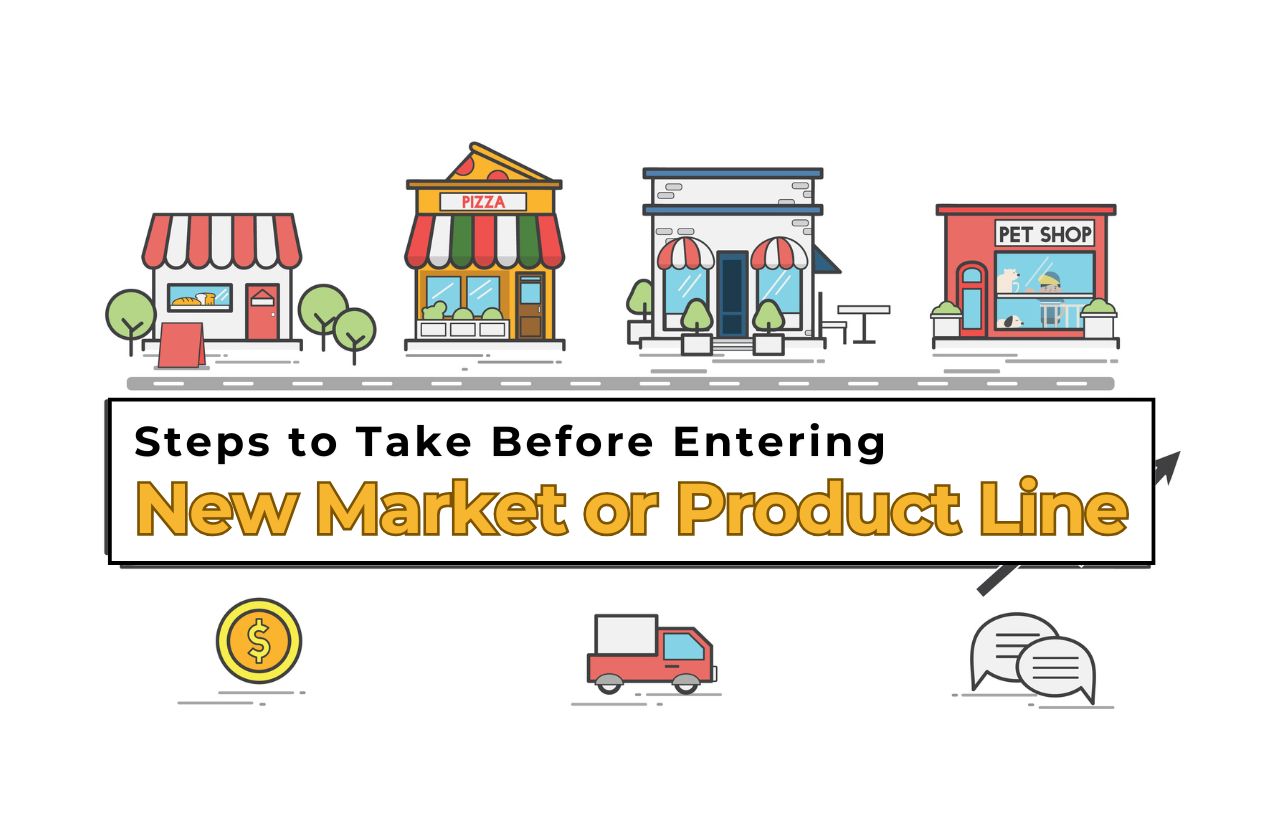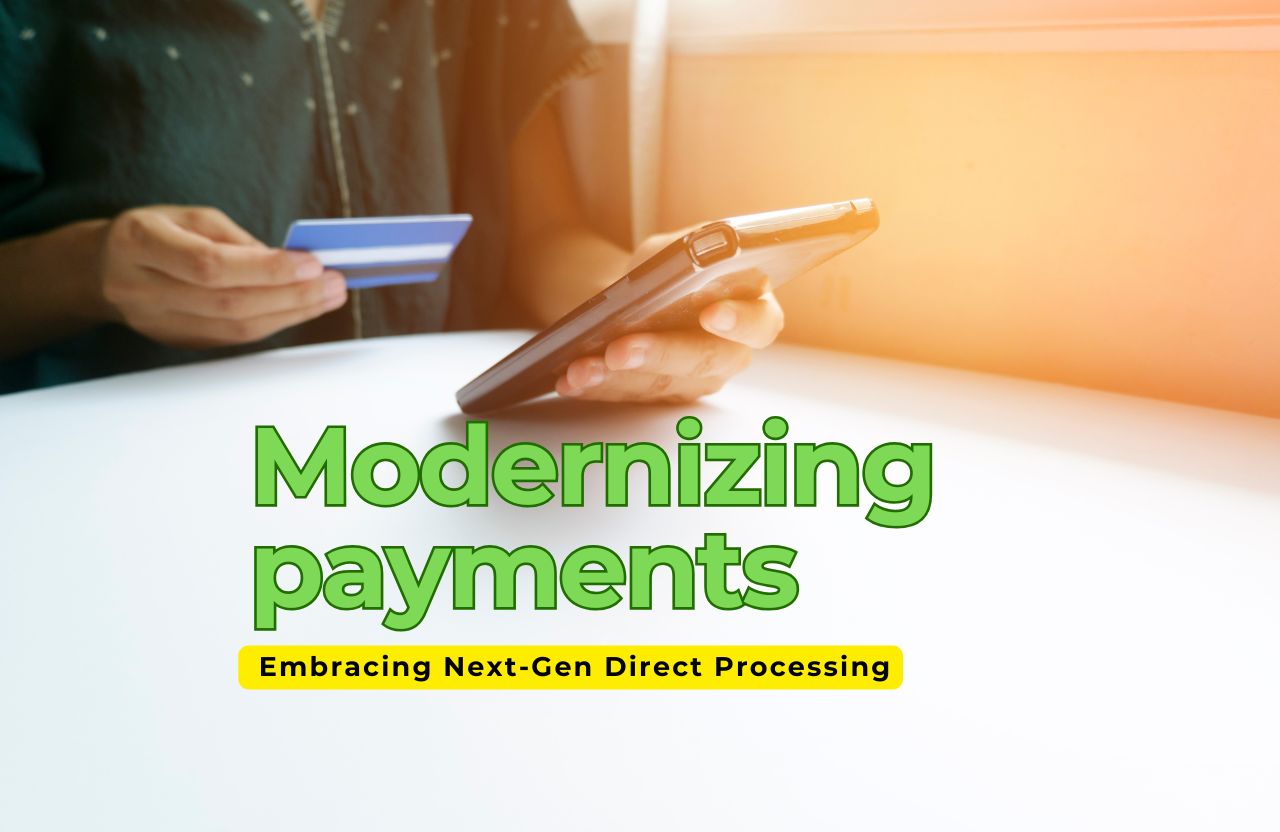Recruiting has always been a data-driven process, but with the evolution of technology, the ability to extract meaningful insights from that data has become a game-changer. In today’s fast-paced hiring environment, recruiters no longer rely solely on instinct and intuition to make hiring decisions. Instead, they turn to recruitment analytics software to make sense of the data at their disposal, ensuring that every decision is backed by solid evidence and strategic insight.
Hiring is a complex, multi-step process involving numerous variables, from candidate sourcing to interview feedback and beyond. As companies expand their use of technology, recruitment data analytics is increasingly playing a crucial role in optimizing these processes, leading to better outcomes for both recruiters and candidates.
Why recruitment analytics matter
Analytics tools, especially those focused on recruitment, provide the means to gain insights that were previously difficult, if not impossible, to extract. Traditionally, recruitment teams had to rely on anecdotal evidence or vague assumptions to guide their decisions. However, recruitment analytics software has changed that dynamic by giving organizations access to detailed metrics that can help them understand trends, measure success, and improve future strategies.
Recruitment data analytics provide a transparent view of how well each stage of the hiring process is performing. They help identify bottlenecks, detect inefficiencies, and even predict the likelihood of hiring success, ultimately making the recruitment process more streamlined and data-backed. This data-driven approach allows recruiters to make more informed decisions, ultimately improving the quality of hires.
Key features of recruitment analytics tools
Not all recruitment analytics tools are created equal, but most offer a set of core features that are essential for driving actionable insights. These include:
1. Data visualization
Recruitment analytics software provides easy-to-understand visualizations of complex data sets, turning raw data into clear and actionable insights. With the help of graphs, charts, and dashboards, recruiters can quickly grasp key trends in candidate sourcing, interview performance, and offer acceptance rates.
2. Candidate sourcing and tracking
Recruitment data analytics can reveal which sourcing channels are yielding the best candidates. Are job boards providing higher-quality applicants than social media platforms? Or is your employee referral program generating the most successful hires? With these insights, recruiters can optimize their sourcing efforts, focus on the most productive channels, and allocate resources more effectively.
3. Time-to-hire and cost-per-hire tracking
Two of the most critical metrics in recruitment are time-to-hire and cost-per-hire. Recruitment analytics tools provide a comprehensive breakdown of how long it takes to fill a role and how much is being spent at each stage of the hiring process. By tracking these metrics, organizations can uncover inefficiencies, reduce hiring costs, and optimize the time it takes to secure top talent.
4. Predictive analytics
Predictive analytics within recruitment tools can forecast hiring outcomes based on historical data. By examining previous trends and patterns, these tools can offer insights into which candidates are most likely to be hired, which sourcing channels are most successful, and even which candidates will likely succeed within the company long-term. This proactive approach enables recruiters to focus their efforts on candidates with the highest likelihood of success, both in terms of performance and cultural fit.
How recruitment data analytics improves the hiring process
Recruitment data analytics can streamline nearly every facet of the hiring process. Below are some specific ways in which data-driven insights are revolutionizing recruitment strategies:
1. Better candidate matching
Recruiters are often tasked with sifting through countless resumes and applications, trying to match candidates to the right roles. However, with the help of recruitment analytics software, this process becomes more efficient. By analyzing past hiring patterns, job requirements, and candidate profiles, recruiters can identify the attributes that are most commonly associated with success in a given role. This enables them to find candidates who are the best fit for the position, reducing the chances of making a poor hire.
2. Optimizing the candidate experience
Recruitment data analytics also enables organizations to measure and improve the candidate experience. By collecting feedback from candidates at various stages of the hiring process, recruiters can identify pain points and areas for improvement. For instance, if a significant number of candidates drop out after the first interview, this could indicate a problem with the interview process that needs to be addressed. A positive candidate experience not only improves your employer brand but can also increase your chances of landing top talent.
3. Diversity and inclusion insights
A critical component of modern recruitment efforts is promoting diversity and inclusion (D&I). Recruitment data analytics can help recruiters and organizations assess how diverse their hiring pools are and whether there are any biases in their recruitment practices. By tracking metrics related to gender, ethnicity, and other demographic factors, companies can ensure that their hiring process is fair, equitable, and diverse.
4. Improving retention rates
Recruitment is not just about finding candidates who are qualified for the job; it’s also about identifying candidates who are likely to succeed and remain with the company in the long term. Recruitment data analytics can provide insights into the attributes of employees who have succeeded within the company, allowing recruiters to target similar candidates for future roles. By making hires based on these predictive insights, companies can improve their employee retention rates and reduce turnover.
Selecting the right recruitment analytics software
Choosing the right recruitment analytics software is critical to getting the most value out of your data. With so many options available, it’s important to select a tool that not only fits your budget but also aligns with your recruitment goals and workflows.
When evaluating recruitment analytics software, consider the following:
● Ease of use: The tool should be intuitive and easy to integrate with your existing systems.
● Customization: Can the software be customized to meet the specific needs of your organization?
● Integration capabilities: Ensure that the software can integrate seamlessly with your applicant tracking system (ATS) and other HR technologies.
● Scalability: As your organization grows, your recruitment needs may change. The software should be flexible enough to scale with your growth.
● Support and training: Look for tools that offer ongoing support and training to ensure that your team is able to maximize the software’s potential.
The future of recruitment data analytics
As technology continues to advance, the potential of recruitment data analytics is only beginning to be realized. In the future, we can expect even more sophisticated tools that leverage artificial intelligence (AI) and machine learning to make predictions and recommendations with greater accuracy. This will allow recruiters to make even more informed, data-driven decisions.
Furthermore, as the volume of recruitment data increases, so too will the need for enhanced data privacy and security protocols. Ensuring that candidate data is stored and handled securely will be crucial as organizations continue to rely on recruitment analytics software.
Recruitment analytics tools have the potential to significantly enhance how companies hire, by providing actionable insights from the vast amounts of data available. From improving candidate matching to optimizing the candidate experience and promoting diversity, these tools can transform the way recruitment teams operate. By leveraging recruitment analytics software and recruitment data analytics, organizations can not only improve their hiring processes but also make more informed, evidence-based decisions that drive better outcomes.













